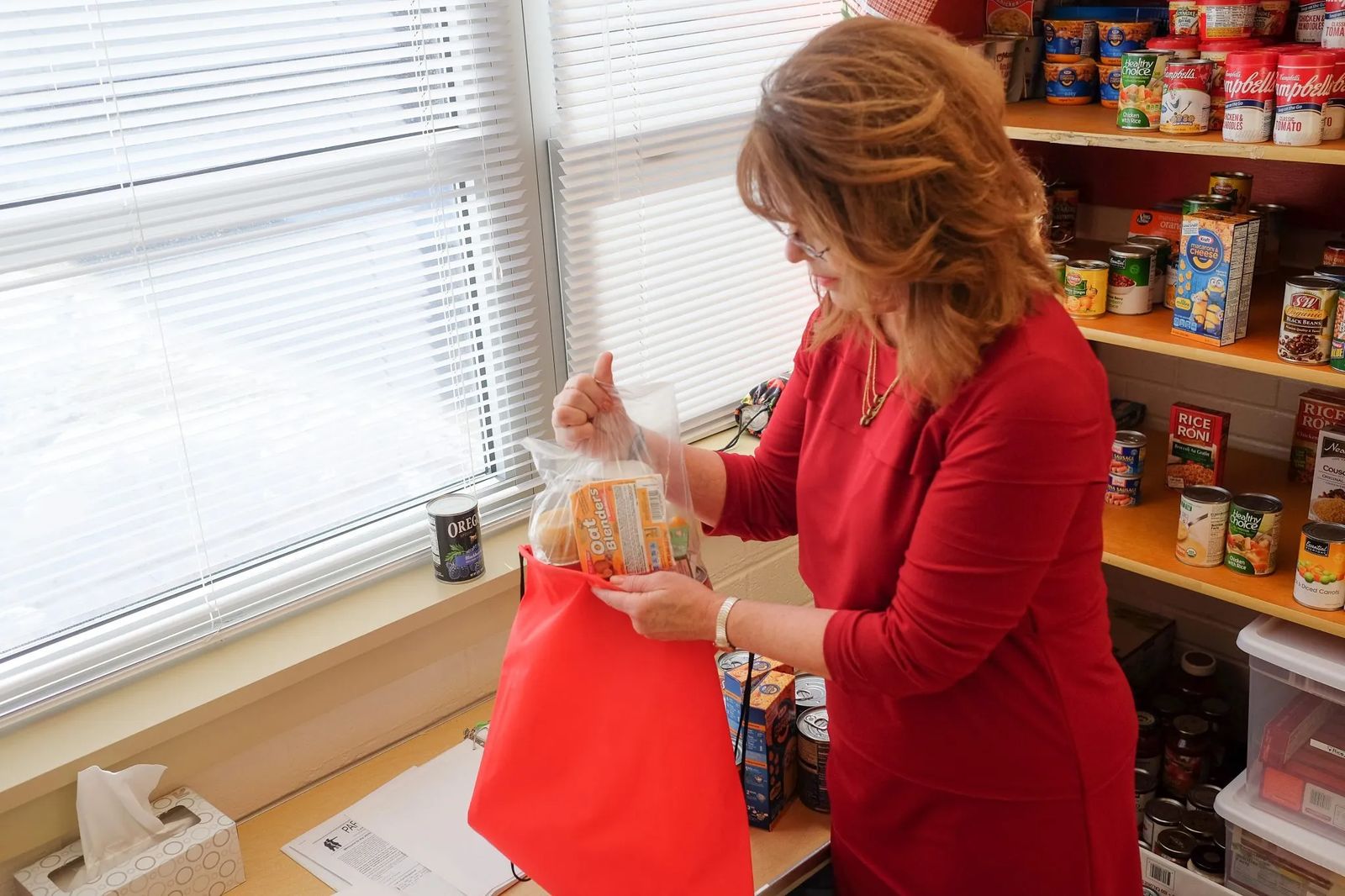
Ginny Mermel: Unsung Hero for Hungry Kids
Filling empty tummies one child at a time
Ginny Mermel vividly remembers growing up in a home where money was tight and resources were, at times, more than a little scarce. “We were very poor,” Ginny says reflectively. “My dad was ill my whole childhood and my mom supported the family as a secretary. She wasn’t making a great deal of money, but she was bringing in a steady income.” Instead of new clothes, the family’s wardrobe was well cared for — laundered, ironed and stitched up through the years. Growing up during the Great Depression, Ginny’s mom knew a thing or two about stretching vital ingredients to feed her family. “We ate a lot of lentil soup and split pea soup with ham hocks. I know my mom had told me about those times, before my sister and I were in school and before she was able to work full time, when she put her hand in the closet and there was no food, maybe a box of saltine crackers, but she managed to provide for us one way or another.”
Even still, Ginny’s mother worked tirelessly to make sure her two daughters had every opportunity possible. She signed them up for free reading programs at the library. She wrote away for free tickets to the opera’s dress rehearsals. She knew an education and these cultural experiences could prove to be the ticket to her daughters’ successful futures. As Ginny looks back, she says, “This is really the path she set me on.”
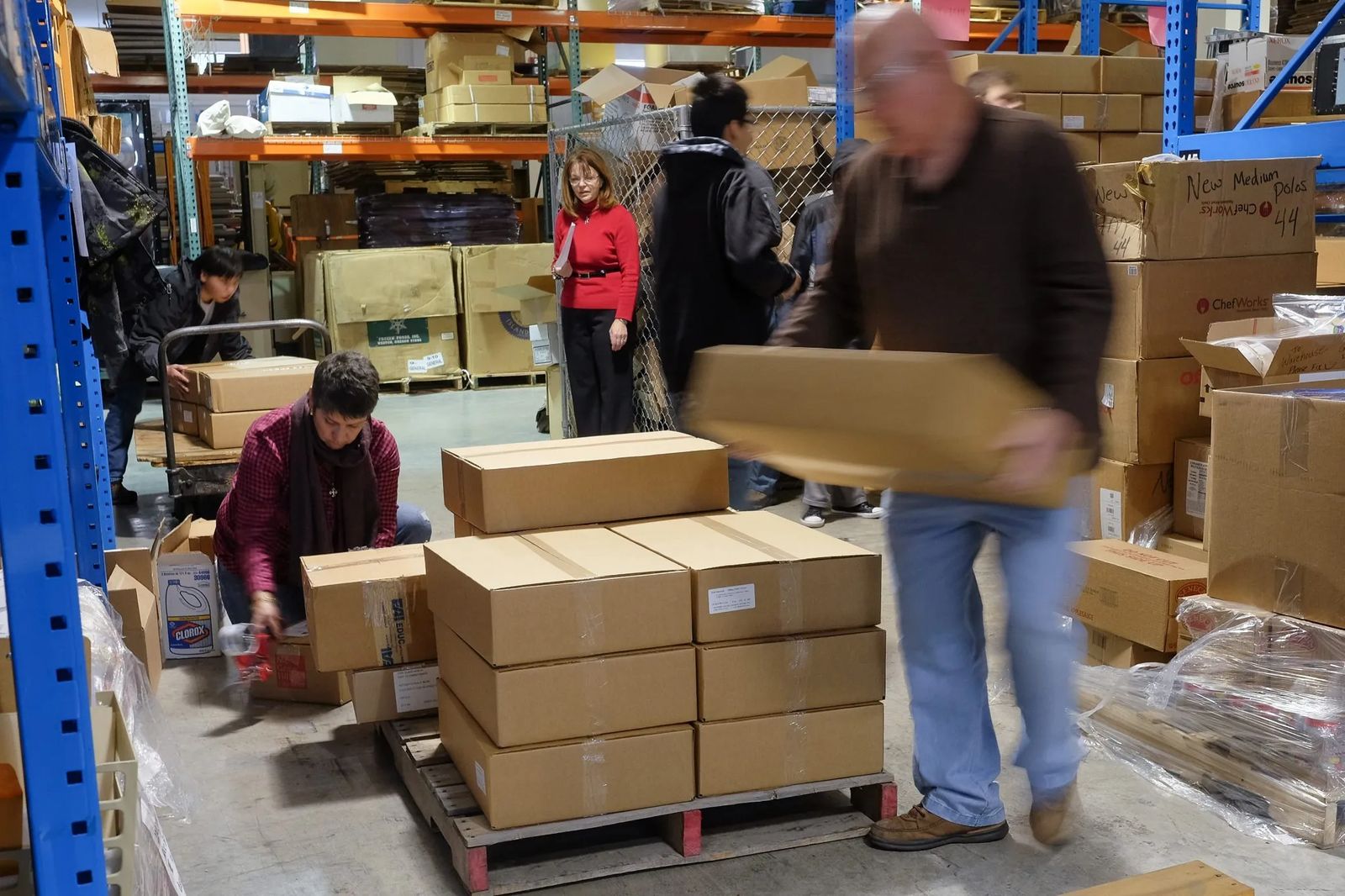
Many who work alongside Ginny Mermel today call her an unsung hero, one who puts in countless volunteer hours to help lessen the devastating impacts of hunger in the Billings area. Each and every week, more than 320 elementary children and roughly 200 teens within School District 2 can thank her for the food that’s stuffed in their backpacks or taken from the teen pantry before they head home from school for the weekend.
“I know that education can be a great leveler of some of the social challenges,” Ginny shares. “It can really give you that leg up. So, I am really committed to trying to keep these kids fed, fit and ready to learn so that they grow up to be adults who are ready to earn.”
Ginny’s passion to end childhood hunger was sparked in 2006 when a member of the School District 2 board approached her to tap into her expertise. Ginny has Masters and Doctoral degrees in Nutrition and Exercise Physiology and is a board-certified nutrition specialist. She was asked to join the School Health Advisory Council, a group charged with creating a school wellness policy to improve the district’s nutrition and physical activity programs.
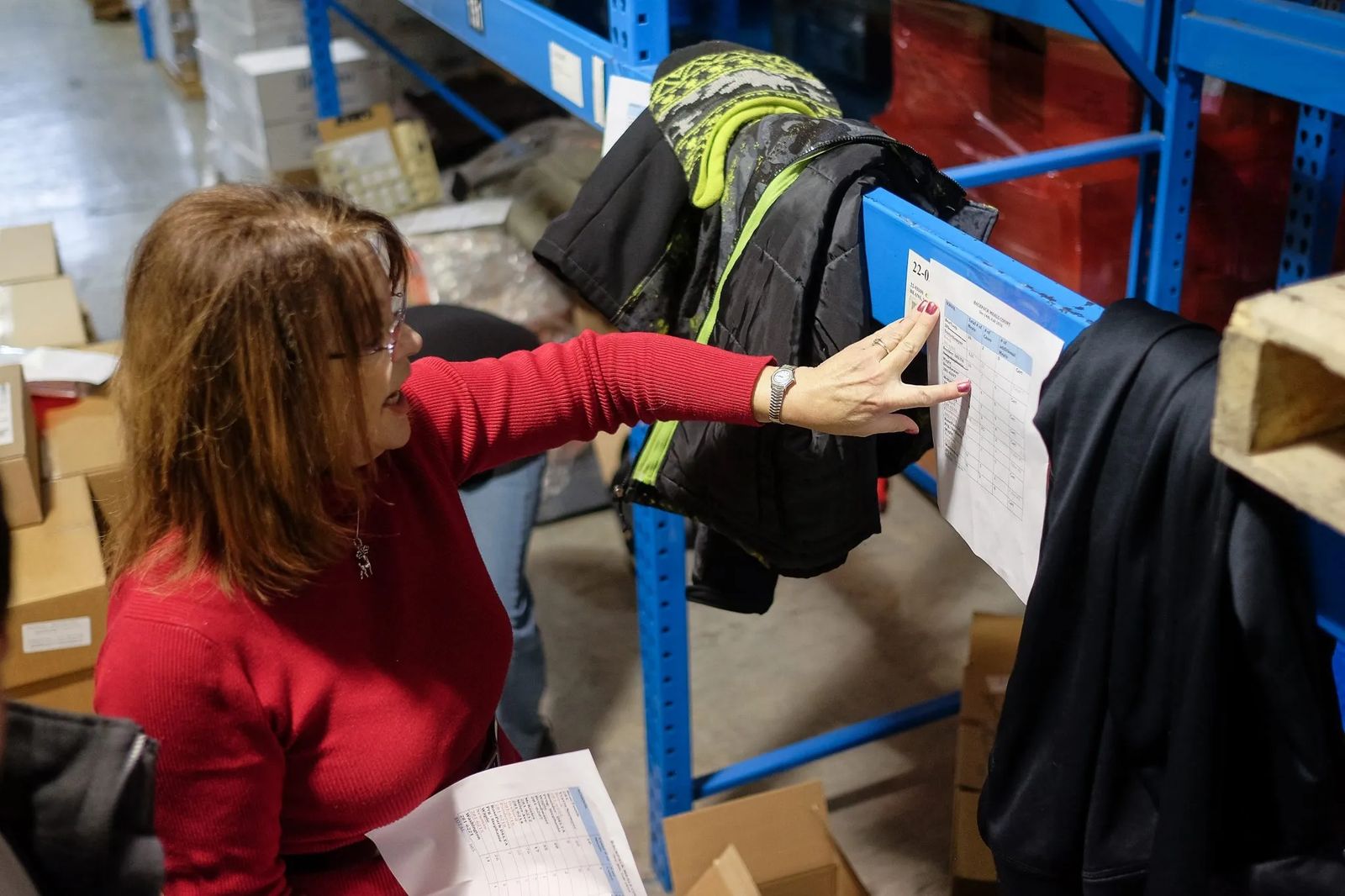
As news got out about this brand new council hoping to change the face of nutrition and physical activity in our schools, teachers were quick to share a little bit about what was really going on in some of Billings’ Title 1 schools. Schools with this designation operate with a high percentage of at-risk and low-income students and receive extra federal funding to help with their education. Ginny says, “Teachers and administrators of these schools told us, ‘You know it’s great that you are concerned about nutrition, but the real nutrition problem is that we have a number of kids that are not getting fed on the weekends.”
It’s safe to say her eyes were opened in the process.
“The principals, counselors, and teachers shared that on Friday afternoons they would have a lot of kids acting out. They were acting out because they were afraid of being home on the weekends. They were scavenging,” Ginny shares. “In those days, we still used the ketchup packets in the cafeterias. Kids would horde the ketchup packets to make tomato soup for themselves. They would try to take any leftovers off of discarded food trays. It was just heartbreaking.” She recounts one story when a couple of students from Newman Elementary were picked up by the police for dumpster diving behind a few of the King Avenue restaurants after school. Ginny says, “The only contact phone number they had was their principal’s contact phone number so she got the call that these poor kids were literally in a dumpster behind Red Lobster trying to get food to eat.”
Once the council started digging, trying to paint a true picture of the need, they discovered that it was much higher than anyone guessed.
“I knew that there were people out there working and still not making it financially but I was really surprised by the magnitude. In 2006, when we had 24% of the kids needing free and reduced meals, unemployment was 1.5%, which was almost unheard of.”
While the facts proved the necessity for a supplemental food program, it would take nearly three years to put the framework and funding pieces together. In 2009, the Montana Food Bank Network gave Ginny a gift that would make her dream to impact hunger in Billings a reality.
“They had heard me testify at the legislature. A staff member contacted me and asked if I would be interested in supplying some data since I seemed to have a lot of data on hunger in Yellowstone County. She wanted to know if I would be interested in working with them on a grant to bring backpack meals to Montana,” Ginny says. If the Network was successful in landing the grant, “I could have the money for a seed program.”
The Montana Food Bank Network secured the $120,000 grant and in the fall of 2009, Ginny started to see the council’s work pay off. “We fed 521 students every weekend.” It sounds like a high number but the council discovered that of the roughly 7,000 students that qualified for free or reduced-cost meals at school, “About 5 to 8% of those kids fall through the cracks in the social services safety net and don’t have enough to eat on the weekends. Those are the kids we feed,” Ginny says.
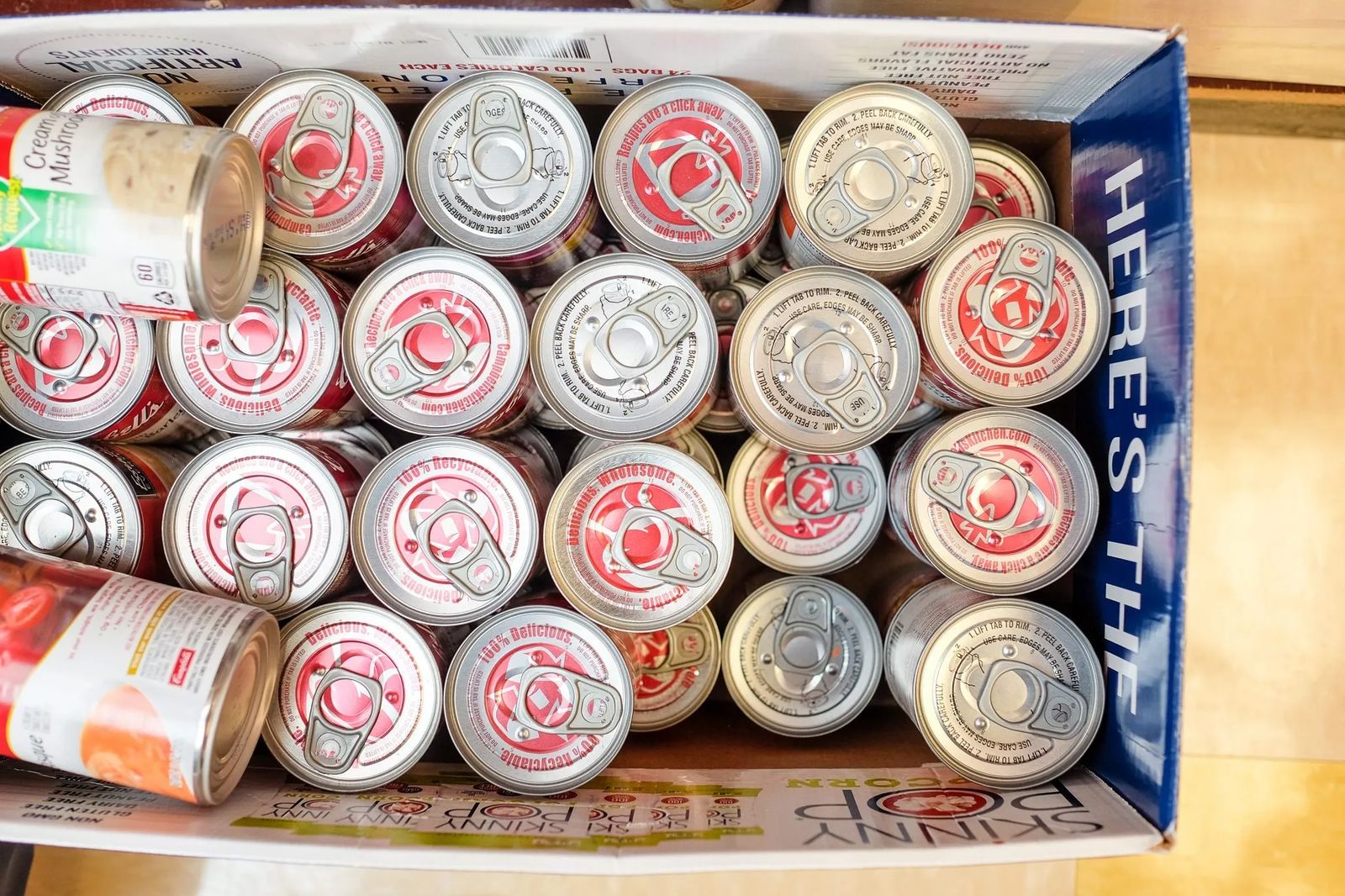
Within two years, Ginny’s focus turned to hungry teens. She knew that the BackPack Meals Program was not a one size fits all kind of program. She says, “The amount of food that is in each backpack meal kit is really geared toward young children and doubling up really didn’t seem feasible.” She looked to Great Falls where a successful teen pantry operation was in place and thanks to help from organizers there and AmeriCorps VISTA member, Kendall Coombs, she was able to bring that concept home to Billings. “With the older kids, if they are struggling to stay in school, particularly high schoolers who may be homeless or living on their own, having a way to eat reduces one of their issues and there is a better chance that they will graduate.”
Located discretely in the middle and high school buildings as well as at the Career and Lincoln Centers, a trusted teacher or counselor can bring these teens in need to the pantry and help them choose items that can then be easily made into healthy meals at home.
Thanks to Ginny’s hard work and the resourcefulness that her mom taught her growing up, there are now BackPack Meals Programs at eight Title 1 schools and nine Teen Pantries in Billings feeding a little more than 520 kids each week. When the work began in 2006, Ginny says, “I figured I’d get the ball rolling, people would step up and I’d go back to my consulting work.” She adds, “I thought it would take me a year to really get everything stabilized and get it off the ground.” That was 11 years ago and Ginny really has no intention of slowing down. The need for her help to improve the health and nutrition of children in Billings hasn’t diminished. In fact, it’s on the rise.
“Even though we have had quite a turnaround and our unemployment rate is significantly lower than what it was at the peak of the Great Recession, we still have basically 40% of our kids on free and reduced meals.” It’s been proof to Ginny that the job of filling children’s empty stomachs is a bit more complex than she first thought. “Montana is one of the top states with people working two to three jobs. There is really a big gap between what the living wage is and what the minimum wage is.” She is quick to add that some days the issue of hunger in our community, “Feels like it is insurmountable. It really does.”
 A sample of one of the BackPack Meals stuffed into elementary school children's backpacks each Friday. [/caption]
A sample of one of the BackPack Meals stuffed into elementary school children's backpacks each Friday. [/caption]
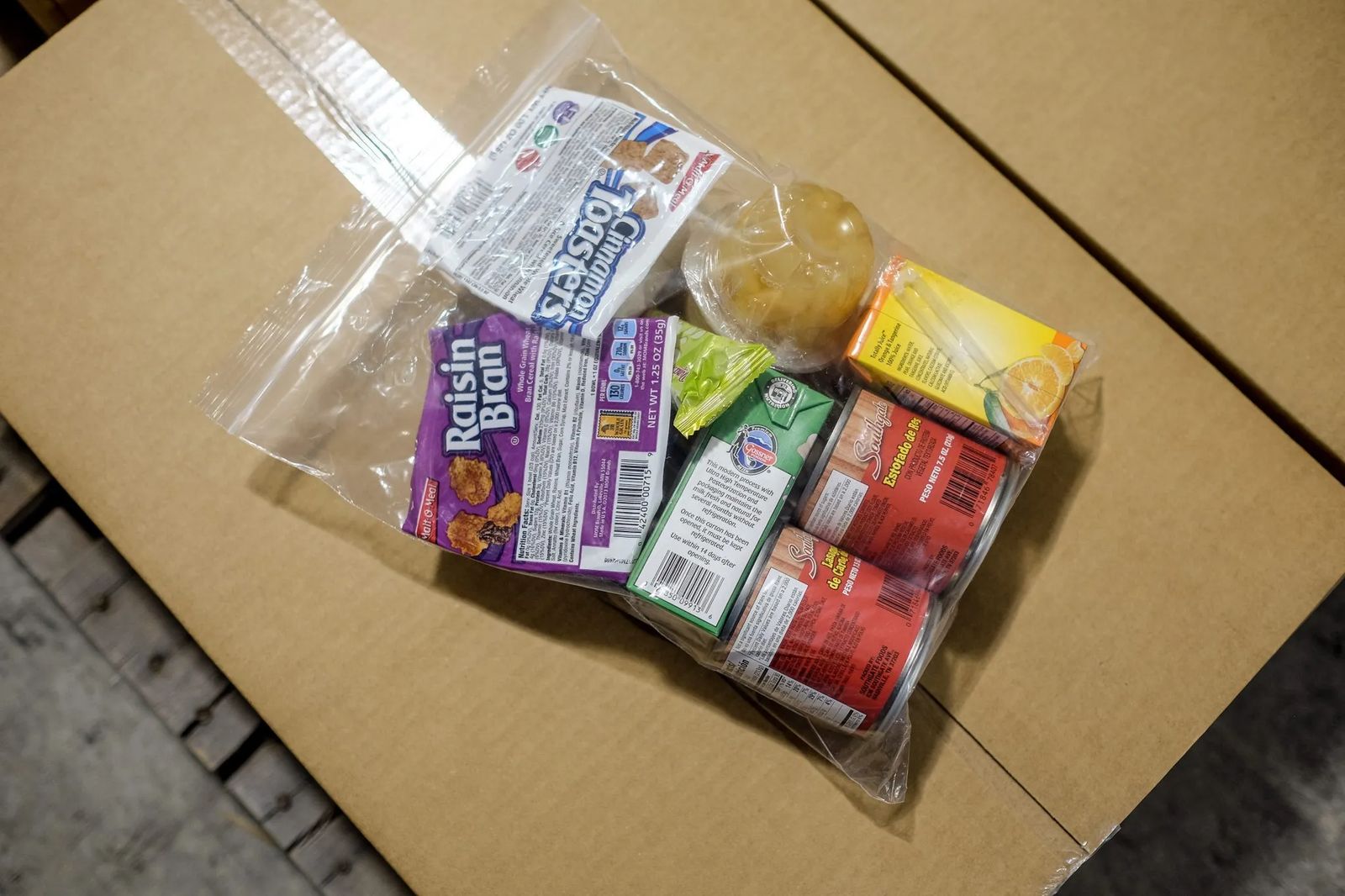
On a quiet and snowy Wednesday, a corner of the School District 2 warehouse is bustling. There are several dollies being packed and pulled to a garage door where a distribution truck will later carry these boxes to schools all over town. Ginny has three adult volunteers who help plus a handful of Vocational Education students from West High School to pack up the backpack meals to get kids ready for a long weekend.
“I’ve been helping Ginny for about 2 years,” says former educator and volunteer Doug Dierenfield. “I think she is one of the secrets of Billings and Yellowstone County. I truly mean that. She is so knowledgeable. She is a get it done kind of person. She has put together this whole thing from ground zero.” As each item is targeted on the list of backpack needs to be boxed up, Doug shakes his head and adds, “I don’t like to think about what it would be like if we didn’t do what we do.”
 Hunter Fox helps load boxes to get ready for the BackPack Meals Program deliveries. [/caption]
Hunter Fox helps load boxes to get ready for the BackPack Meals Program deliveries. [/caption]
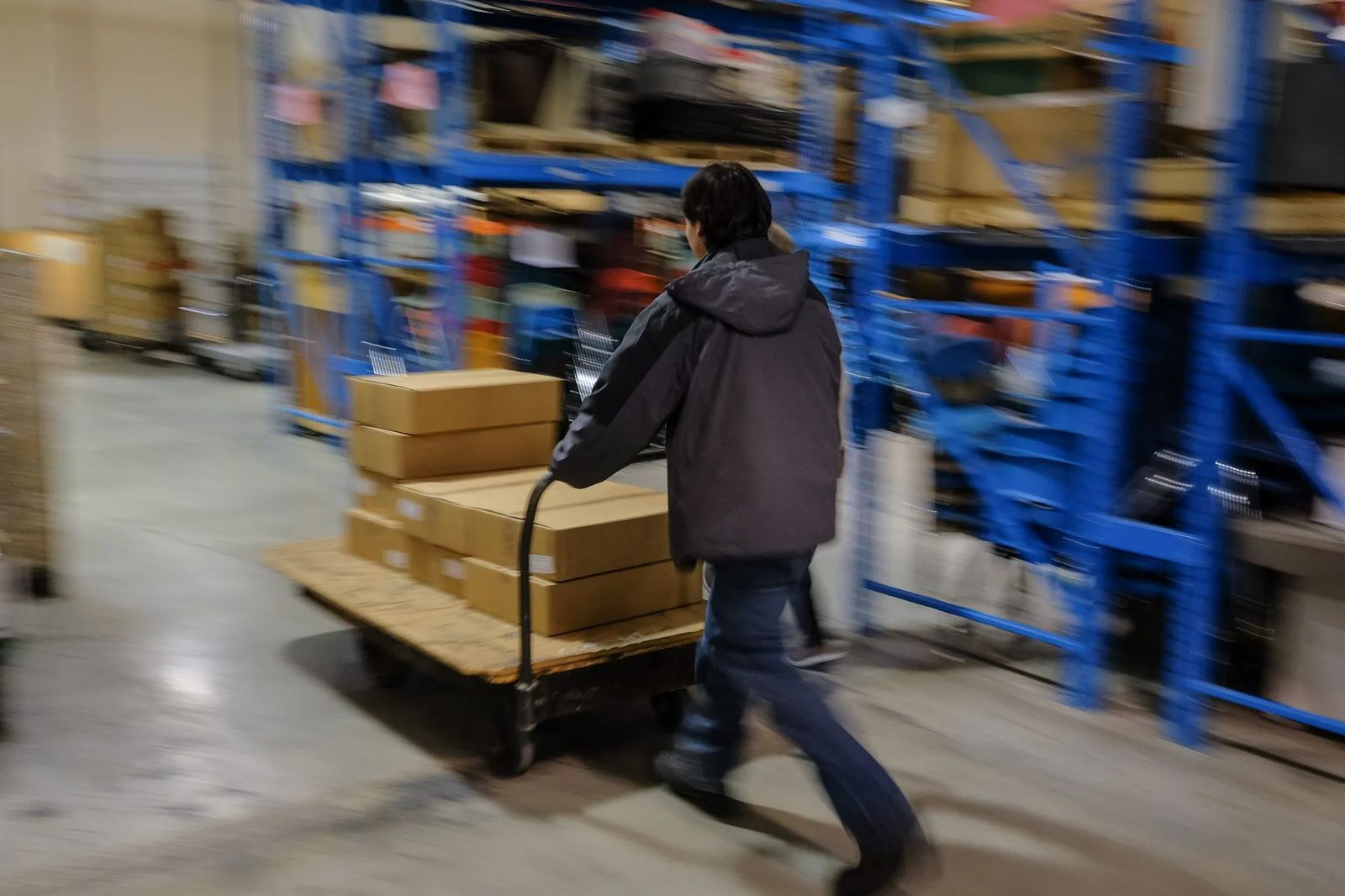
As Doug gets back to work, 15-year-old Hunter Fox stands nearby stacking boxes and letting the others know what task needs to be taken care of next. He’s a quiet kid but it’s clear his passion runs deep. While he’s picking up organizational skills on this job, he says he truly enjoys working in the warehouse knowing he’s helping others in the process. He smiles as he says, “It’s a feeling of love, kindness, and welfare for children.”
The teens in vocational education would normally be in special education classes. Here the compassion comes full circle. Kids are learning skills that will help them when they hit the workforce yet they are taking the time to help children — their classmates — at the same time.
“It always thrills us when we see a student really take off,” says former educator and volunteer Elaine Bankston. Knowing she is helping to lessen a family’s food insecurity is one plus, but the other is the ripple effect that this program has on students lending a physical hand packing up this food. “Sometimes one person, the feedback you give them, how you treat them, and how you encourage them and point out their strengths, skills, and talents —sometimes we don’t realize that has an impact.” Seeing a change in her student volunteers, she knows this is a program that keeps on giving. “Anytime you do something like this you get more in return than you give, at least I do,” Elaine says with a warm smile.
“You need $22 an hour if you are a single parent supporting one child. That covers housing, health care and child care costs which are very high. We have some of the highest childcare costs relative to incomes that people earn.” ~ Ginny Mermel
Across town at Washington Elementary, Sue Runkel, School District 2’s Homeless Education Liaison continues to thank her lucky stars that someone had the passion and determination to help the kids she looks in the eye day in and day out.
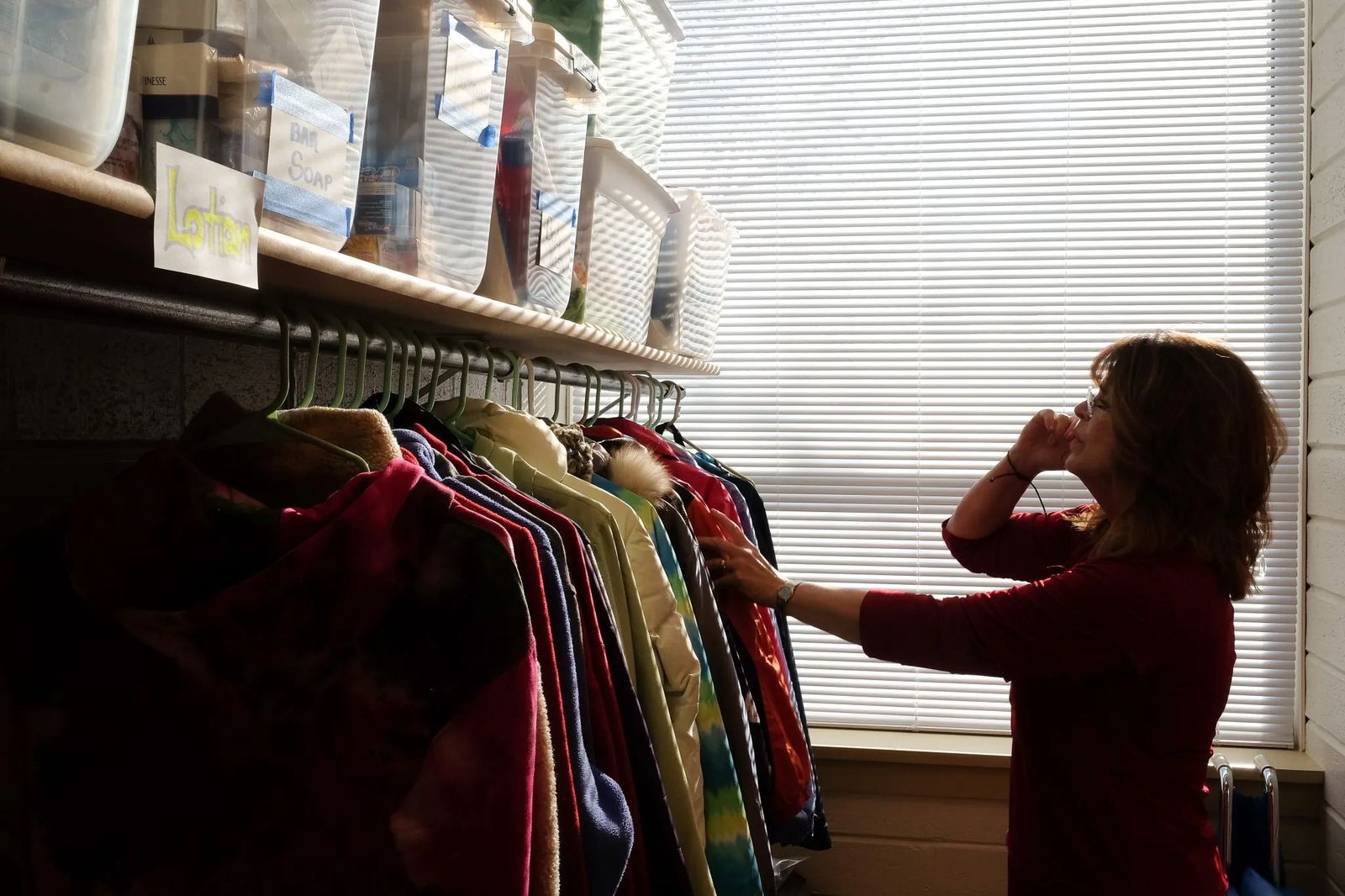
“The teen pantries have made an immense difference in the lives of my homeless teens and the at-risk families who just need a little help,” Sue admits. So far this school year, 653 kids have been identified as homeless in the school district. “If you come to school and you are hungry and we expect you to sit down and do your math? That’s not going to happen. It can affect their attitude. It can affect their behavior. It’s hard to learn when you have nothing on your stomach.” That’s why Sue sees Ginny as an invaluable partner. “She puts in an immense amount of hours just to make sure these programs are sustainable. She’s tireless and she’s got a heart of gold. She’s got a heart for these kids.”
Even though organizing 17 different sites and making sure enough food is ordered would, no doubt, be a full-time job, Ginny is working on so many additional levels to try to attack the problem of hunger. She’s worked with a VISTA volunteer trying to identify the parents of the kids who receive free and reduced lunches to encourage them to partner with existing social services in Billings. It wasn’t an easy job. “It was a puzzling issue not being able to get the parents to go and ask for help. Sometimes it’s shame and other times, parents who have grown up very poor know what it is like to feel hungry. They might not like the fact that their child is hungry but they don’t see it as the physical and emotional emergency that it is.”
It’s the reason she works part time for Montana Team Nutrition, a branch of the United States Department of Agriculture to put a focus on school nutrition. It is why she co-chairs the Best Beginnings, Ready Community workgroup through RiverStone Health and United Way to help identify issues that lead families toward food insecurity. It is why she belongs to the Montana Partnership to End Childhood Hunger. This group draws those statewide to work on solutions to battle the problem. She teaches a Capstone Project class at Montana State University Billings hoping to educate tomorrow’s leaders on the issue of food insecurity. And, when she has extra time, she counsels other communities all over the region on how to set up successful backpack meals and teen pantry programs. Thanks to Ginny’s leadership and her willingness to take the time to share with others, and extensive outreach by Montana Foodbank Network, Montana now has 106 backpack sites in roughly 45 Montana Communities. Each and every week, this program provides weekend food to 2,542 children.
“I feel good knowing that many more children are getting fed and that this has really become a movement statewide,” Ginny says. However, she knows that while it’s easy to feel grateful for the generosity, “At the same time, there can’t help but be sadness because you know that food is just one tiny part of the whole poverty puzzle. It is a very important part obviously, but it’s just a small part of whatever is wrong for those families. It always saddens me that there are so many people struggling.”
Ginny’s mom, Nancy Lee Bjonerud, never got to see the ripple effect caused by her daughter’s concern for the working poor. She passed away in 2005 before these projects were even simmering in the idea stage. If you ask Ginny, however, her mother’s spirit is alive in everything she does for this community.
“A lot of what I do, I feel that I do in memory of her and the concern for the community she imbued in us.” Ginny says her mother led by example and taught her at a young age, “All of us have an opportunity to make somebody’s life better each and every day.” While many credit Ginny’s drive and commitment for the ways lives have been touched in the Billings area, she’s quick to push the compliments aside. “It’s not me,” Ginny says. “It is hundreds of people standing beside me helping to make the mission a reality. That’s very humbling and heartwarming.”
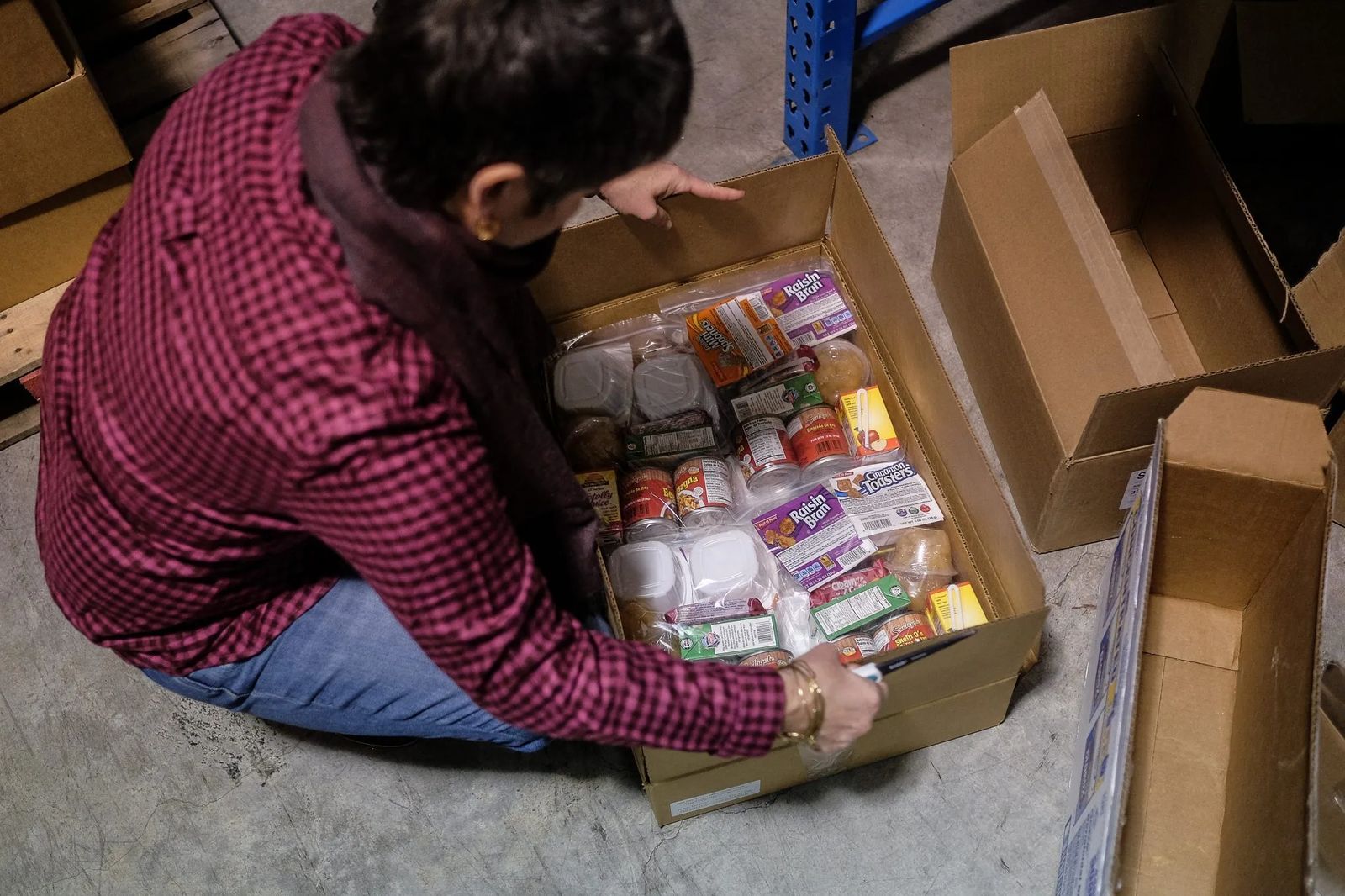
THE FACE OF HUNGER IN MONTANA
What the numbers say about food insecurity
12.2% of Montana households experience a low-quality diet because of their income status
5.6% of Montana households miss meals because of an inability to buy food
20.1% of Montana children live in homes that experience food insecurity
LENDING A HAND
How you can help with the Backpack Meals & Teen Pantry Programs
It takes roughly $4 to create one BackPack meal kit. Because of the need, that amounts to $1280 a week and $60,000 a year. Since this program is run by a full volunteer workforce, every dollar raised goes to helping to feed children in our community. Right now, this program is funded through a combination of small grants, personal donations and gifts from philanthropic organizations. If you’d like to help in this project’s mission. You can mail checks to:
BackPack Meals Program
c/o Education Foundation for Billings Public Schools
415 N. 30th Street Room 203
Billings, MT 59101














